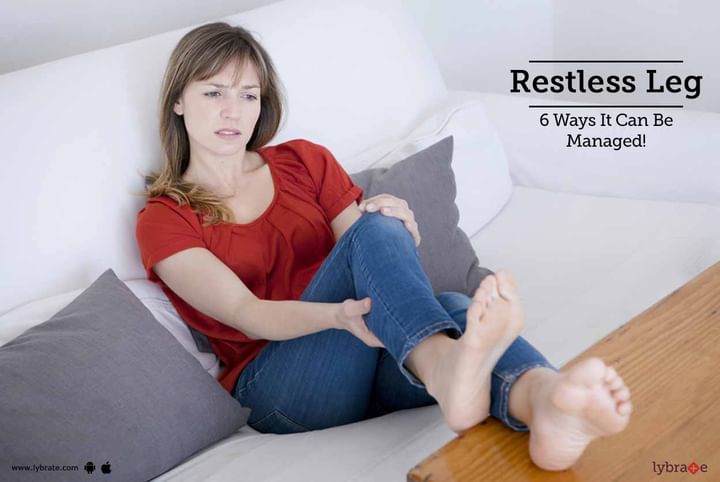Restless Leg - 6 Ways It Can Be Managed!
Restless leg syndrome is a condition where the nervous supply to the lower legs (and sometimes hands) is affected. The person has a constant urge to move the legs due to the tingly sensation or the pins and needles sensation and so this condition is called as restless legs syndrome (RLS). It is almost never a standalone condition and is often associated with other nervous system conditions.
It is a progressive condition and aggravates with time. The patient may experience episodes of this disease. Most people might experience this problem at night due to which a lot of patients complain of disturbed sleep and restlessness while sleeping.
While there is no permanent solution to this condition, there are various home remedies and techniques which can help control the condition. Read on to know more.
- Trigger agents: Some people are able to identify triggers like caffeine or chocolate which induce the condition. The first step would then be to avoid using these, especially before sleeping.
- Exercise: Any form of exercise, which gives a good workout for the leg muscles is recommended. This could range from a 30-minute brisk walk to stretches depending on the person’s overall health status. This is known to induce a good sleep, reduce muscle tension and relax the mood. Choose yoga, gym, cycling, or any form which suits your overall health and schedule.
- Massages:Hot or cold massages, often used alternately, can help in relaxing the muscles. This also helps in reducing tension and improving overall sleep. The ideal time for the massage is the evening so that RLS does not affect during nighttime.
- Diet: A diet rich in vitamins and minerals can prove to be helpful. This is because proper muscle and nerve function requires various minerals like zinc, potassium, calcium, sodium, etc. Diet rich in these helps in improving muscle and nerve function and thereby control RLS.
- Sleep pattern: Sound sleep practices like having an early dinner, a quiet room free of digital media, optimal temperature, and relaxing ambience helps in a better sleep. This has shown to reduce the incidence of RLS and evidence of sound sleep.
- Medications: RLS can also cause mild to moderate pain in the affected legs, and so pain killers can be used once in a while if the pain is not bearable. These should be used only rarely and continued use can lead to stomach ulcers and bleeding. The above mentioned nonmedical methods should be tried before trying medications. Anticonvulsants have been used to control RLS if pain killers alone are not adequate. In more severe cases, antiparkinson drugs are used with great success.



+1.svg)
